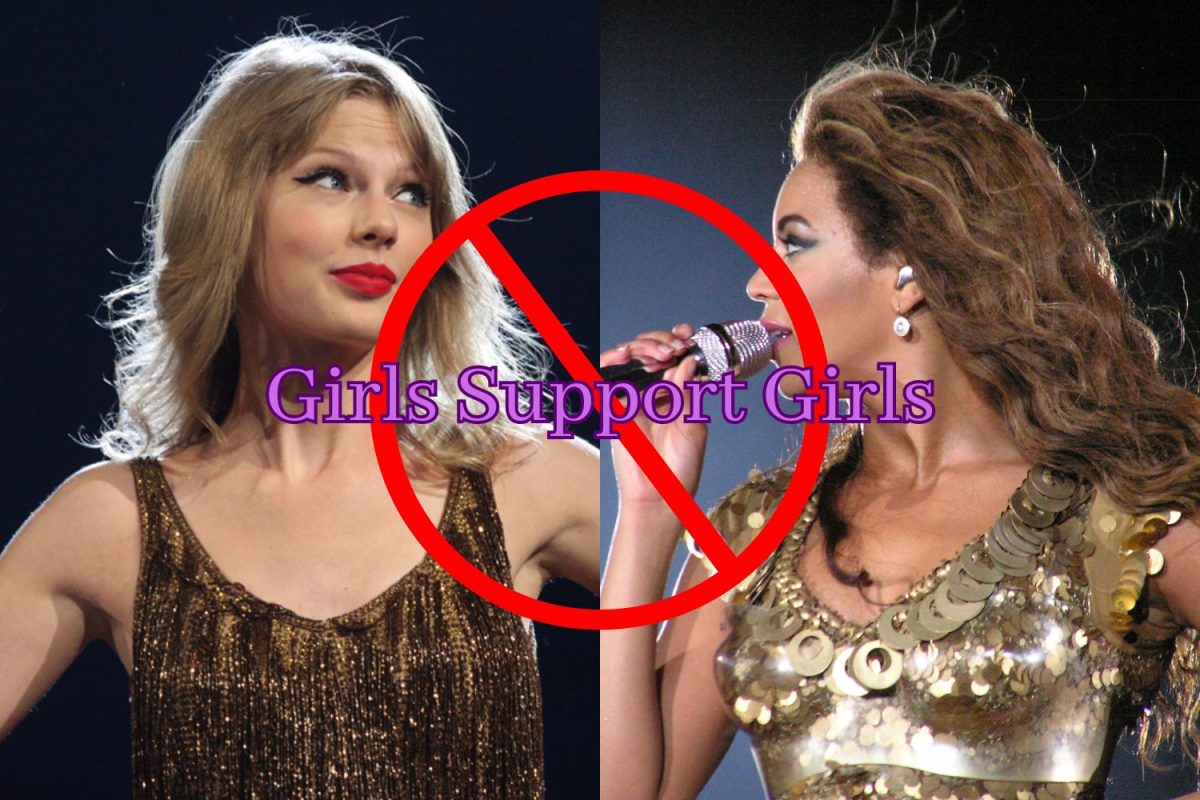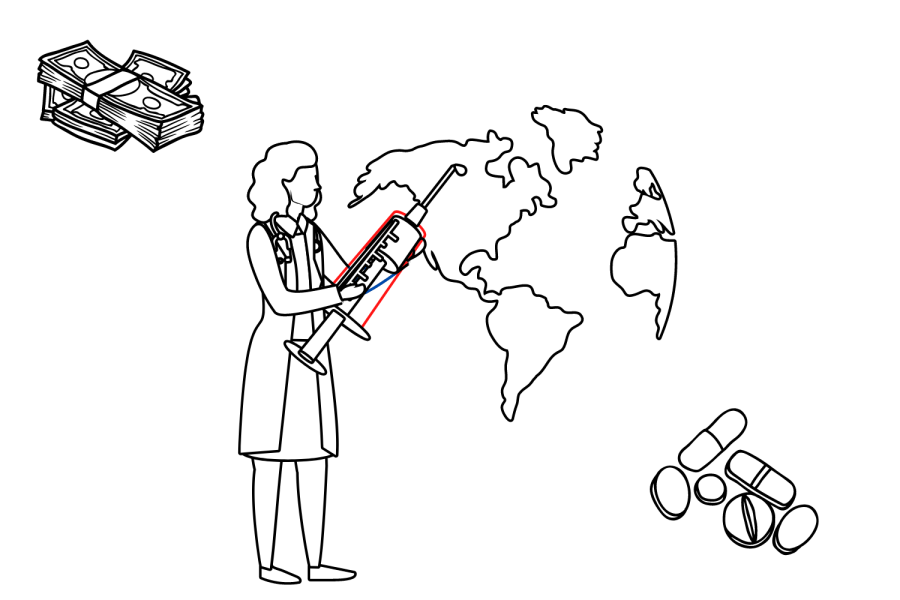The existing healthcare system in the U.S. has a cruel tendency to deny high-quality care to those who most need it. This tendency contributes to preventable inequities, particularly for already disadvantaged communities. As the midterm elections quickly approach and the cost of living rises across the U.S., healthcare is bringing many people to the polls.
As a U.S. and U.K. dual citizen, I have seen first-hand the benefits of living in a country where healthcare is seen as a right versus an expensive commodity. I often ask myself why is it that the U.S., one of the most developed countries in the world, is unable to provide healthcare to its citizens while other developed countries can. The lack of access to healthcare in the U.S. is a cause of discrimination and wealth disparity.
Financial disparities
Seventy-nine percent of American adults with a salary over $90 thousand said they found it “somewhat easy” to afford their healthcare, in comparison to only 31% of adults with a salary of less than $40 thousand, according to the Kaiser Family Foundation. The average annual salary in the U.S. is $54,132, meaning a large portion of U.S. residents find it a burden to pay for health insurance, per The Balance.
In 2020, U.S. citizens spent an average of $11,945 per year on healthcare. This means that adults with the average annual U.S. salary would have to spend roughly 22.1% of their yearly income on healthcare to cover basic insurance costs.
According to Peterson-KFF Health System Tracker, the percent of average income spent on health insurance is massively disproportionate compared to people in countries such as France and the U.K. where adequate nationalized healthcare is provided.
There are basic health necessities that occur within most families globally that are exorbitantly expensive in the U.S. For example, the average cost of giving birth in the U.S. is $10,808 without health insurance per the Insider. However, the cost can increase to about $30,000 when considering pre and postnatal childcare, according to the Insider. In the U.K., prenatal care, child-birth and postnatal care is paid for entirely by the National Health Service. It is not surprising then, that the U.S. has one of the highest rates of infant mortality in the developed world.
Having to budget for such a fundamental life stage should not be such a burden for young families who are, in many cases, the future of their communities.
Although the cost of childbirth varies by state, it is an inevitable cost for many families across the U.S. Having to budget for such a fundamental life stage should not be such a burden for young families who are, in many cases, the future of their communities.
Moreover, the U.S. has a large prescription drug problem, with at least 25% of Americans struggling to pay the high cost of prescription medications, according to the Blood Cancer Journal.
The reason for these high costs tends to be that there are not any other available medications for certain illnesses or medical issues as a result of lack of regulation which allows pharmaceutical companies to charge excessively for the product. As a result, many individuals have to choose between necessities such as feeding themselves and other essential bills or saving themselves from what could potentially be a life-threatening illness.
In the modern age, no parent should have to make a decision between feeding their child and taking a daily dose of Insulin.
The cost of basic health insurance has become so extreme that not only lower and working-class individuals are hesitant to purchase it, but also middle-class families for whom it is also a large economic burden.
Consequently, the costs put a massive strain on the few state and donation-funded healthcare resources in the U.S., such as Planned Parenthood, which are constantly overwhelmed by the demand for their limited resources.
As a result, it is necessary that citizens vote for government officials who are willing to pressure the pharmaceutical companies into lowering their prices and are dedicated to developing a healthcare system that is affordable for all, not just the wealthiest few.
Racial disparities
Access to adequate affordable healthcare is even more challenging among communities that are already disadvantaged in the U.S. given historical racial disparities that still permeate the country.
According to KFF, 40% of Black and 34% of Hispanic adults in America said they found it “somewhat easy” to cover their healthcare costs, as opposed to 61% of white adults. In addition, there is a significant inequality in average salary by race, according to The Balance. While the average white male in the U.S. makes $55,536, the average Black man makes only $49,556.
Systemic Racism continues through laws and policies that allocate resources in ways that disempower and devalue members of minority groups, resulting in inequitable access to high-quality healthcare.
For example, cardiologists in the U.S. use the American Heart Association risk score to assess patients’ risk of mortality. The patient’s chance of receiving care depends on thescore received, with a higher score signifying a higher risk. Anyone identified as non-Black gets an automatic three points added to their score, according to Healthline. This automatically lowers the score for Black patients, per Healthline. Thus, white patients automatically have a higher chance of receiving the help they need.
According to the Center for Disease Control, compared to their white counterparts, racial and ethnic minority groups in the U.S. have greater rates of mortality and disease compared to their white counterparts, across a range of disease such as diabetes, hypertension, obesity, asthma and heart disease.
It is vital that the racial injustices present in the system are corrected to ensure the people most in need receive care.
Moving forward
The U.S. has gradually begun to take some steps to combat healthcare inequalities, such as establishing Obamacare, Planned Parenthood, Medicare and Medicaid.
For example, Obamacare, also known as the Affordable Care Act (ACA), was established by Former U.S. President Obama in 2010 with an initiative to make health insurance more affordable and available, according to the Department of Health and Human services. The legislation also subsidizes customers with incomes between 100% and 400% of the federal poverty line.
The implementation of the ACA was instrumental in legislating to help make insurance available to more individuals.
Although transitioning the U.S. to provide free, public and equal healthcare is easier said than done, there are important things we can do to try and put an end to these disparities. One solution is a hybrid system – like the UK – where both high-quality state-funded healthcare and privately funded health care.
Understanding racial and financial disparities in medical care is nuanced and requires an appreciation of the ways in which racism continues to manifest in society.
While it may sound implicit, one of the most important ways to tackle racial disparities and discrimination is by spreading awareness and developing an understanding of the issue.
Understanding racial and financial disparities in medical care is nuanced and requires an appreciation of the ways in which racism continues to manifest in society.
To understand the problem, it is important to look at the healthcare available to voters and what healthcare providers and politicians are doing to ensure access.








Mariam • Nov 2, 2022 at 9:35 pm
Such an important topic! We should have a great appreciation for the NHS in this country.